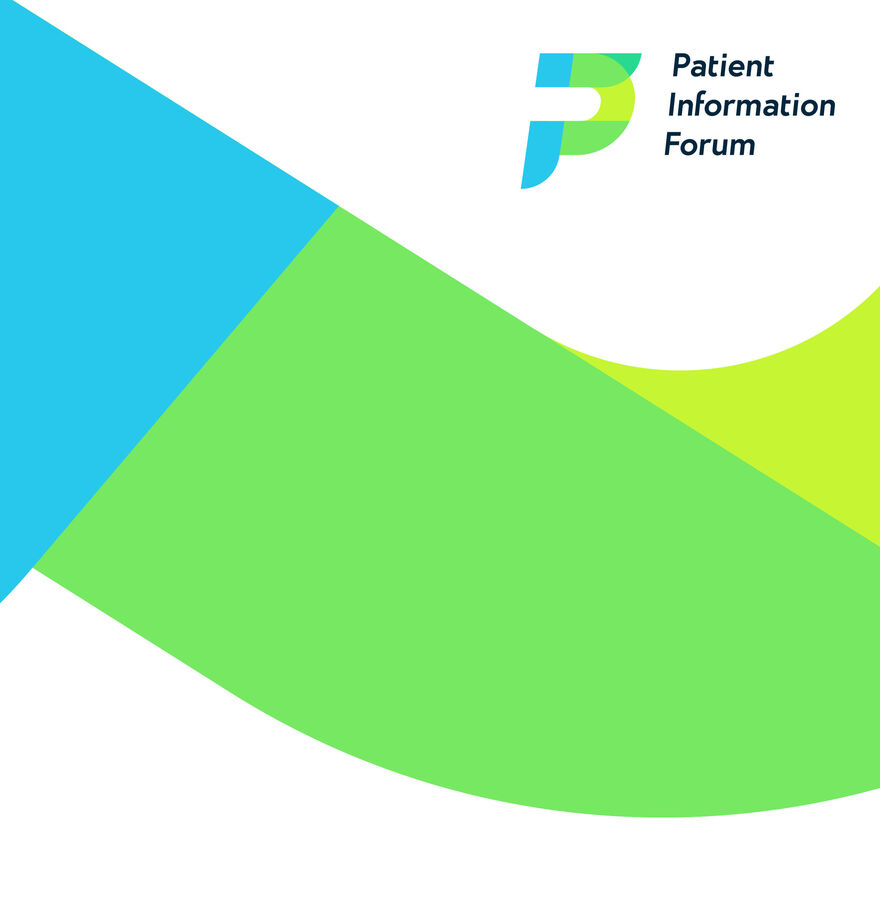Why this matters
Communicating benefits, risks and uncertainties is an important part of patient information. 6 in 10 people aged 16-65 are unable to understand health information if numeracy skills are required[1]. As information producers, our job is to help people feel confident in making decisions about their health.
Numbers not words
- Interpretation of words like ‘rare’ and ‘common’ varies enormously. Always use a statistic such as 1 in 100 people alongside words like rare or common.
- Use natural frequencies rather than percentages, for example 10 in 100, rather than 10%.
- When giving people two frequencies to compare, make sure they are both expressed as ‘out of’ the same number. For example, 1 in 100 compared with 2 in 100, NOT 1 in 100 compared with 1 in 50.
Use absolute risk rather than relative risk
- The absolute risk of an event increases from 1 in 100 to 2 in 100, but the relative risk of the event doubles. Using relative risk in isolation can be misleading.
Illustrating risk
- A great way to improve users’ understanding of risk and statistics is to use visual aids.
- Using a mix of numerical and pictorial formats to communicate risk is helpful.
- Visual displays may be most helpful for giving people an overall pattern, whereas actual numbers can be better for communicating detail.
Perceptions of risk
- Consider using both positive and negative framing, i.e. ‘3 out of 100 people experienced this side effect, but 97 out of 100 did not’.
- Consider adding some context to your statistics. What would make a useful comparison to give people a sense of the likelihood, or to help them make their decision?
Explaining uncertainty
- Communicate the uncertainty of data or if evidence is of low quality.
Pre-empt misunderstandings
- If something is easily misunderstood, or there is a common myth, it is better to address it head-on.
This guide supports the following PIF TICK criteria:
- 4.0 Evidence: Information is based on reliable, up-to-date evidence which is communicated clearly.
- 5.0 Involving users: Users are involved in the development of information.
- 6.0 Health inequalities: Information is written to meet health and digital literacy, language and accessibility needs of the target audience.
Reference
1. A mismatch between population health literacy and the complexity of health information: an observational study. Gillian Rowlands, Joanne Protheroe, John Winkley, Marty Richardson, Paul T Seed, Rima Rudd. https://pubmed.ncbi.nlm.nih.gov/26009533/
